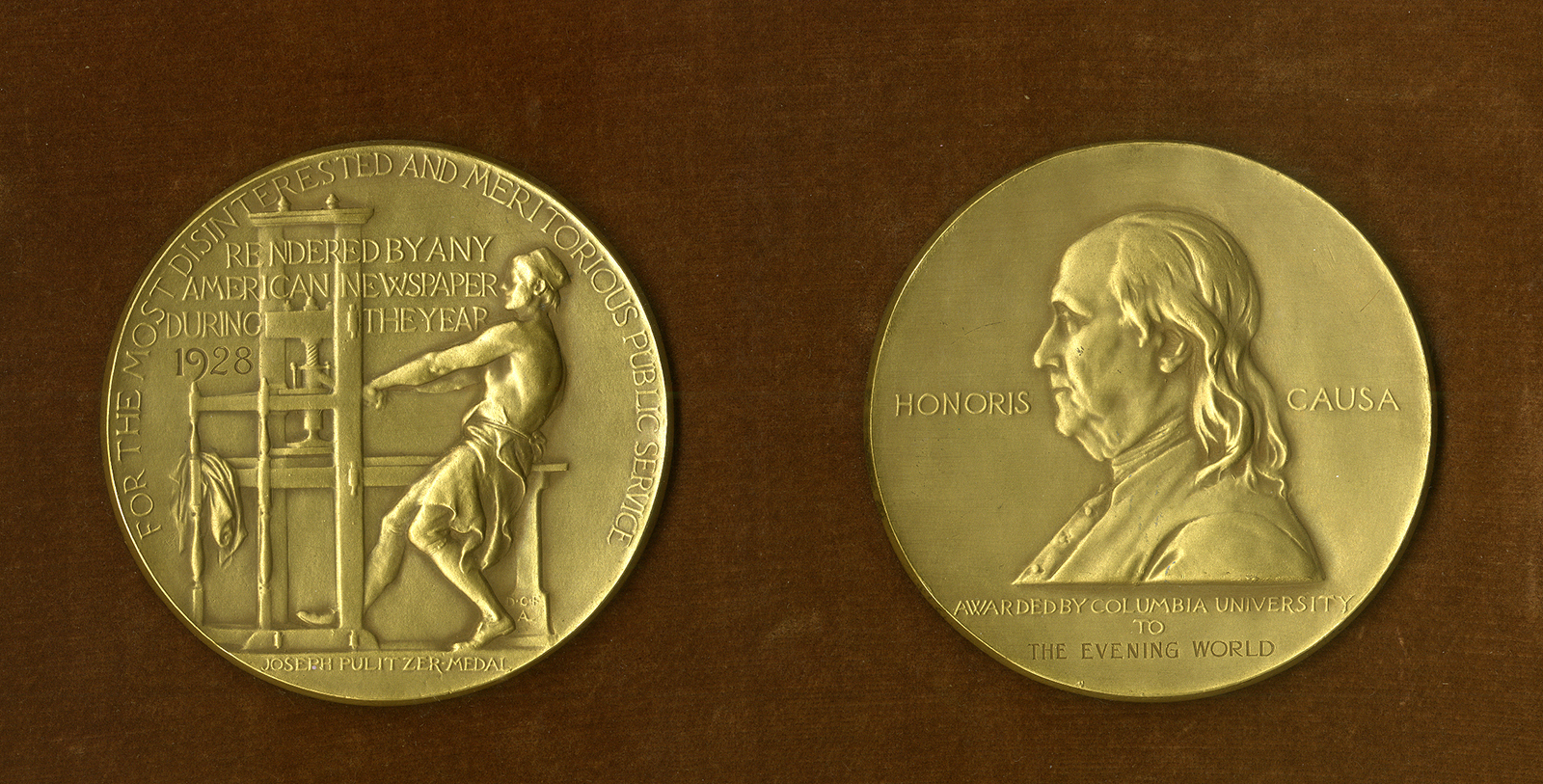About
The Pulitzer
The Pulitzer Prize was named for Joseph Pulitzer, a Hungarian-born newspaper publisher. Pulitzer was acclaimed as being “the most skillful of newspaper publishers, a passionate crusader against dishonest government” and the very embodiment of American journalism.

His innovative New York World and St. Louis Post-Dispatch reshaped newspaper journalism and has had a lasting influence on journalism, literature, music, and drama through the Pulitzer prizes.
In 1904, Pulitzer established the award in his will, noting that there would be four awards in journalism, four in letters and drama, one for education and five traveling scholarships. Since then, thanks to the provision included in Pulitzer’s will, the Pulitzer Prize Board has increased the number of awards to 21, including some in poetry, music and photography.

Photo courtesy of The Daily Campus at SMU.

Jurors for seven different journalism categories, filled the Joseph D. Jamail Lecture Hall as they proceeded to read the entries. (Credit: Copyright Pulitzer Prizes/Jose R. Lopez)
Eleven RIT Photojournalism alumni have received 15 Pulitzer awards, and an additional five alumni were considered as finalists for these coveted awards in the following categories:

RIT Photojournalism
Rochester Institute of Technology offers a bachelor of fine arts degree in photographic and imaging arts, and students can choose from four different concentrations: advertising photography, fine art photography, photojournalism, and visual media.
The photojournalism option teaches students “to produce non-fiction visual reporting that tells the stories of people, social issues and events for diverse and modern media outlets including digital and print.” In the program, students have the opportunity to learn the skills required for still and moving photography, as well as interactive media. Students in the RIT photojournalism concentration have plenty of opportunities for hand-on, experiential learning. Students have a variety of opportunities to utilize their skills through real-world projects like the New York State Special Olympics Winter Games and working on a year-long comprehensive senior capstone project.
